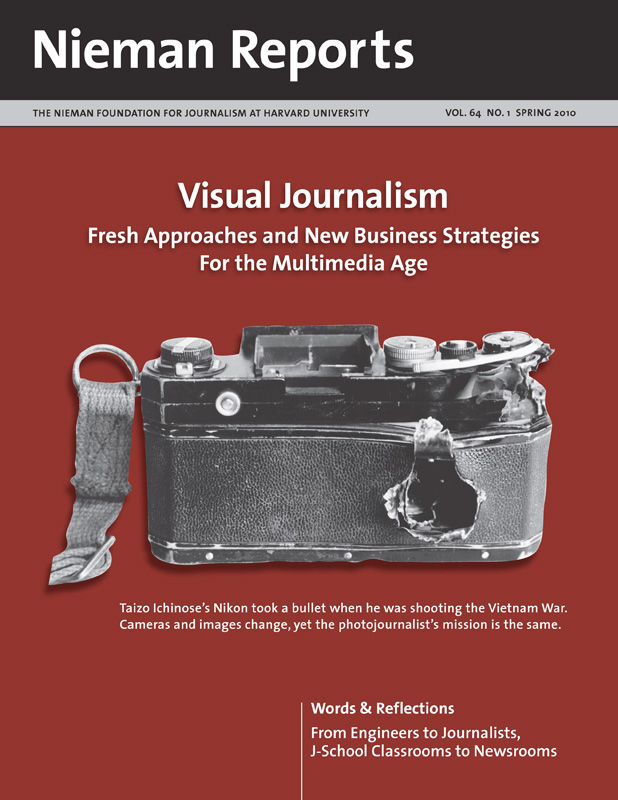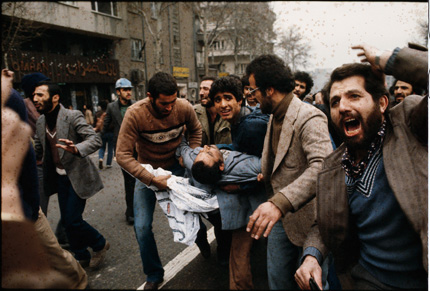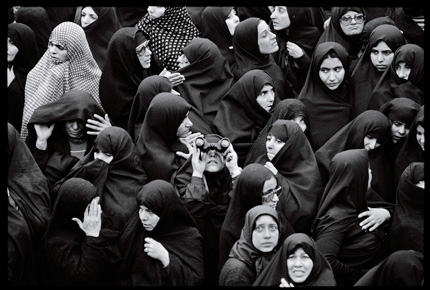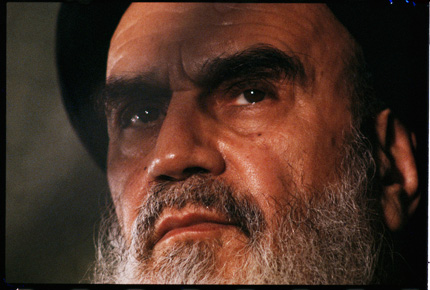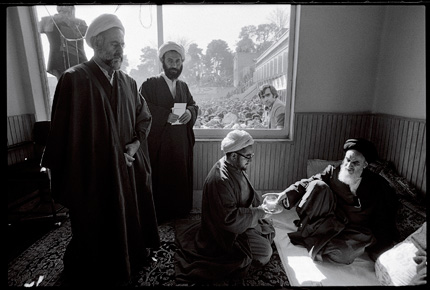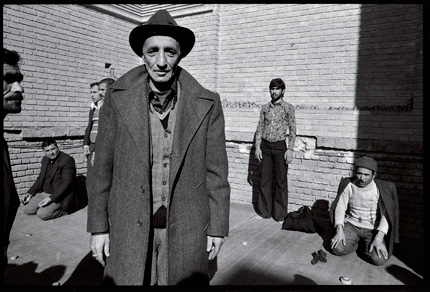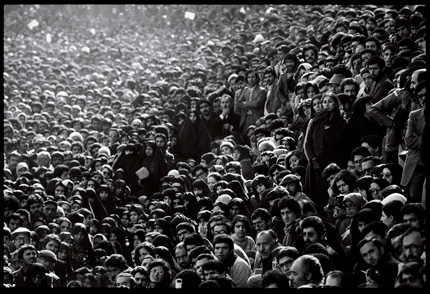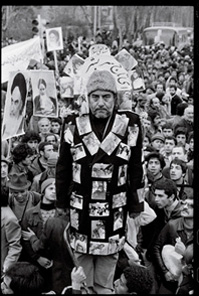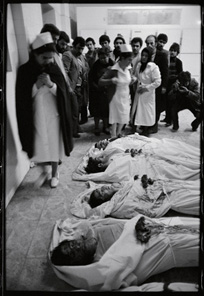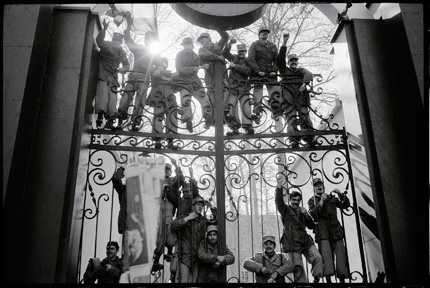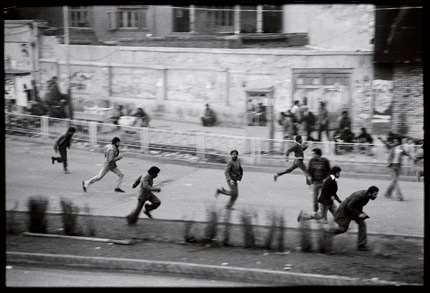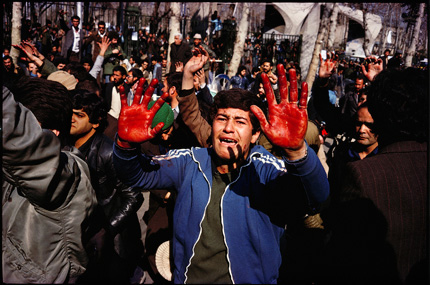I had been in Iran for more than a month when Ayatollah Khomeini returned from exile in France on February 1, 1979.RELATED ARTICLE
“From Film to Digital: What’s Lost? What’s Gained?”
– David Burnett He soon set up headquarters in the Refah School in a quiet Tehran neighborhood. Tens of thousands of supporters streamed through the school grounds each day to pay their respects. I photographed Khomeini from those crowds, standing in the midst of the excitement and tumult. After four days of quietly pestering the media contact who was a former economics professor pressed into service to deal with the foreign reporters, he finally agreed that perhaps seeing the imam from inside the school was worthwhile. (Story continues below.)
To see more of Burnett’s work, visit his Web site.
Moments later, I was granted permission to enter a small classroom. If outside, where the crowds stood cheering, I’d been embedded in noise and chaos, when I stepped inside this room, I found quiet serenity as Khomeini handed his teacup back to Ayatollah Khalkhali, who later would be known as the hanging judge of Tehran.
This photograph could rightly be called a scoop, to use the language of that time. As I left the room, I stuffed the film canister deep into my jeans pockets and hoped for its safe journey back to my hotel. From there, these undeveloped pictures would be taken to the airport and carried by someone I’d never met before on their journey to my editor’s desk in New York.
Now, 30 years later, photographs I took during the 44 days I worked in Tehran are in a book, “44 Days: Iran and the Remaking of the World,” which was published last year by National Geographic Books.


